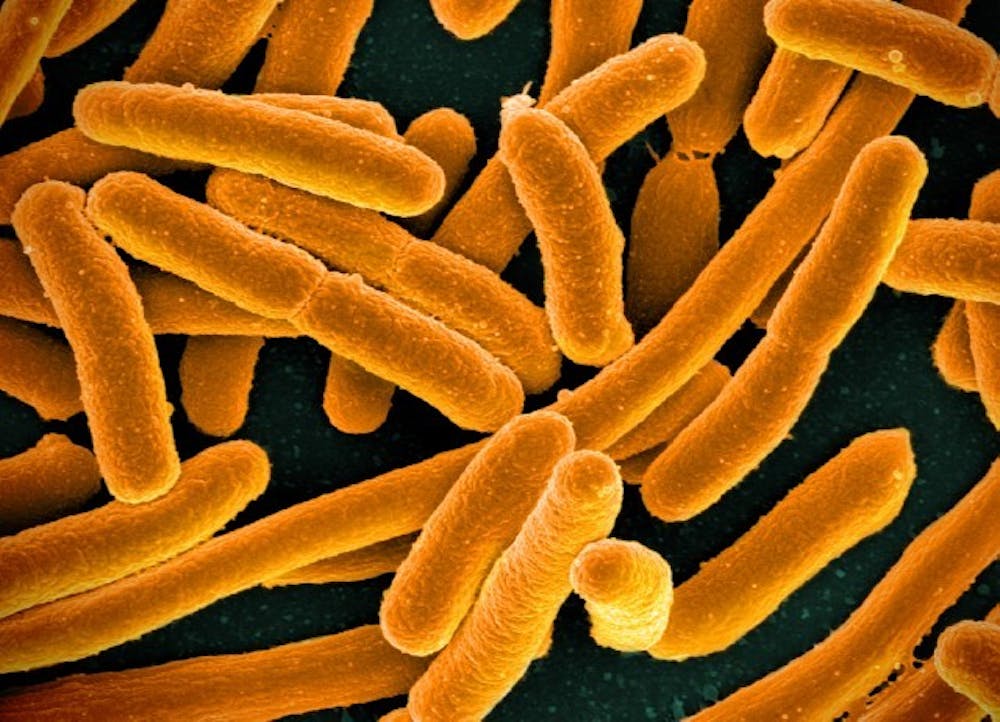Sick with a sinus infection, strep throat or pneumonia, you were probably prescribed antibiotics. In fact, antibiotics are the primary method of treatment for most bacterial infections. The drugs, while often very successful, have resulted in unforeseen consequences since the beginning of their use.
In response to the widespread prescription of antibiotics, new bacterial strains called “superbugs” have evolved. These new strains are completely resistant to current antibiotics. A study by the United Kingdom-based Review predicts that by 2050 antimicrobial-resistant diseases could kill almost 10 million people per year. This could involve financial repercussions of almost 100 trillion dollars, a sum that exceeds the GDP of every national economy combined.
Researchers in the department of chemical and biological engineering and the BioFrontiers Institute at the University of Colorado Boulder have discovered a potential solution to the looming antimicrobial threat.
Until now, doctors have simply raced to develop new antibiotics faster than the bacterial strains could evolve. Such efforts, however, are near-futile. The antibiotic-resistant bacterial strains Salmonella, E. Coli and Staphylococcus alone infect almost two million people in the U.S. each year and kill at least 23,000. What the UC Boulder researchers propose is using miniscule, light-activated therapeutic nanoparticles called “quantum dots.”
“Antibiotics are not just a baseline treatment for bacterial infections, but HIV and cancer as well,” Anushree Chatterjee, assistant professor in the department of chemical and biological engineering at UC Boulder, said. “Failure to develop effective treatments for drug-resistant strains is not an option and that’s what this technology moves closer to solving.”
The dots are 20,000 times smaller than a single strand of human hair. They act as semiconductors that hold all of their electrons tightly within three spatial dimensions: forward/backward, up/down and left/right. The first experiments performed with these quantum dots used metal nanoparticles made of gold, silver and other metals. The dots successfully killed mutated antibiotic resistant bacteria but they also killed all nearby healthy cells.
What the UC Boulder researchers have discovered is a potential way to target only the bacterial infection. Exposing the quantum dots to specific wavelengths of light enables researchers to “program” the dots to attack an intended target. The results have been promising. In a study published in Nature Materials, the light-activated nanoparticles killed 92 percent of resistant bacterial strains, including Staphylococcus, E. Coli and Salmonella, while keeping healthy cells completely unharmed.
“By shrinking these semiconductors down to the nanoscale, we’re able to create highly specific interactions within the cellular environment that only target the infection,” Prashant Nagpal, senior author of the photo activation study at UC Boulder said.
Quantum dots provide the perfect weapon with which to match the adaptability of bacteria. They provide a solution that is both flexible and effective.
“While we can always count on these superbugs to adapt and fight the therapy, we can quickly tailor these quantum dots to come up with a new therapy and therefore fight back faster in this evolutionary race,” Nagpal said.
















Please note All comments are eligible for publication in The News-Letter.